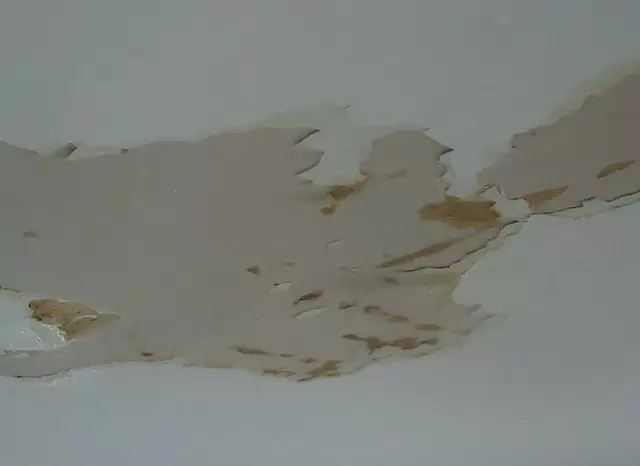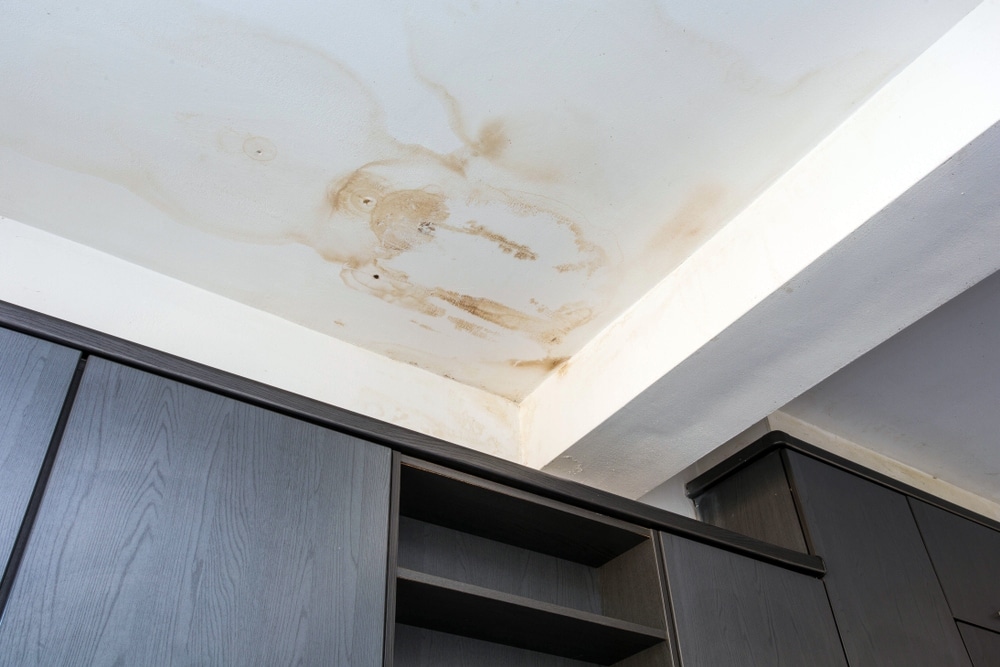Water marks on the ceiling can be distressing and aesthetically displeasing. In this comprehensive guide, explore the causes, prevention, and effective solutions to tackle “Water Marks On Ceiling” and restore the beauty of your living space.

Introduction
Discovering water marks is often a cause for concern. It not only hints at a potential water intrusion issue but also poses the risk of structural damage and mold growth. This guide aims to shed light on the causes behind “Water Marks On Ceilings,” empowering you to take informed steps to address and prevent further damage.
Understanding Water Marks on Ceiling
Causes of Water Marks
- Leaky Roof: One of the primary culprits is a leaky roof. Damaged or missing shingles, deteriorated flashing, or compromised roof vents can allow water to infiltrate and stain the ceiling.
- Plumbing Issues: Leaking pipes, faulty plumbing fixtures, or burst pipes within the walls or ceiling can lead to water stains as the moisture seeps through.
- Condensation: In humid environments, condensation can accumulate on the ceiling surface, resulting in water marks over time.
Identifying
Types of Stains
- Brown Stains: Often caused by roof leaks, brown stains indicate water has traveled through the roof structure, carrying dirt and debris.
- Yellow Stains: Commonly associated with plumbing issues, yellow stains suggest water with a higher mineral content.
- Black Stains: If left unaddressed, water marks can promote mold growth, leading to unsightly black stains on the ceilings.
Addressing
1. Locate and Repair the Source of Water Intrusion:
- Conduct a thorough inspection of the roof, attic, and plumbing to identify and fix the source of the leak.
2. Ceiling Stain Removal:
- For mild stains, a mixture of water and vinegar or hydrogen peroxide can be used to gently scrub and remove the stain.
3. Repainting the Ceiling:
- After addressing the root cause and removing the stain, consider repainting the ceiling to restore its appearance.
Preventing Water Marks on Ceiling
Regular Maintenance
- Inspect Roof Regularly: Conduct periodic roof inspections to identify and fix potential issues before they lead to water intrusion.
- Check Plumbing Fixtures: Regularly inspect plumbing fixtures for leaks, and address any issues promptly.
Preventive Measures
- Use Dehumidifiers: In humid climates, use dehumidifiers to control indoor humidity levels and prevent condensation.
- Apply Waterproof Sealants: Consider applying waterproof sealants on the roof and around vulnerable areas to create an additional barrier against water intrusion.
Read too: Understanding and Addressing a Leaky Ceiling in Your Apartment: Navigating the Drips
Conclusion
Water marks on the ceiling are not only a cosmetic concern but also indicative of potential structural and safety issues. By understanding the causes, identifying stains, and taking proactive measures, you can effectively address “Water Marks On Ceiling” and prevent future damage. Regular maintenance, timely repairs, and preventive strategies are key to maintaining a dry, safe, and aesthetically pleasing living environment.
